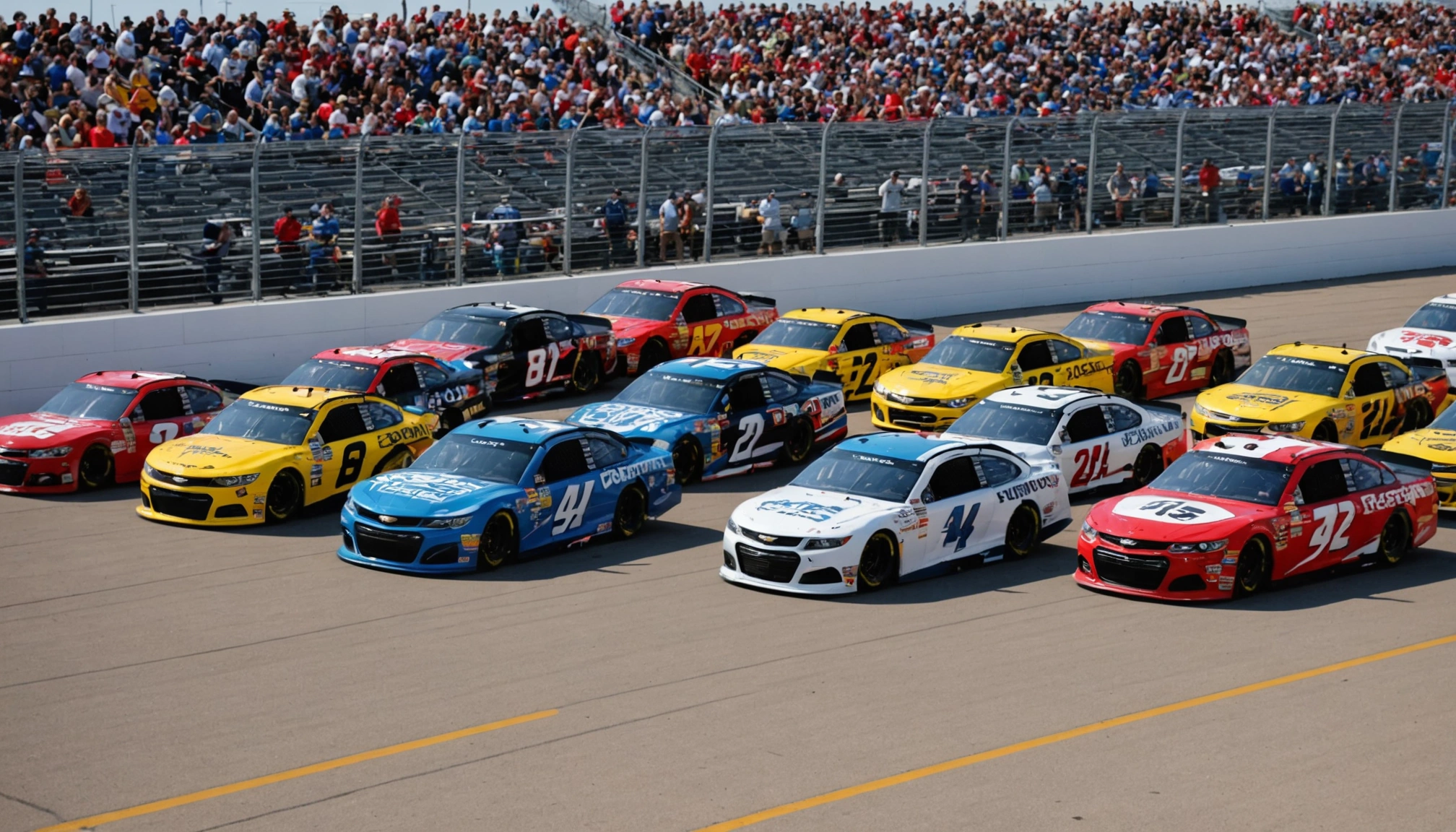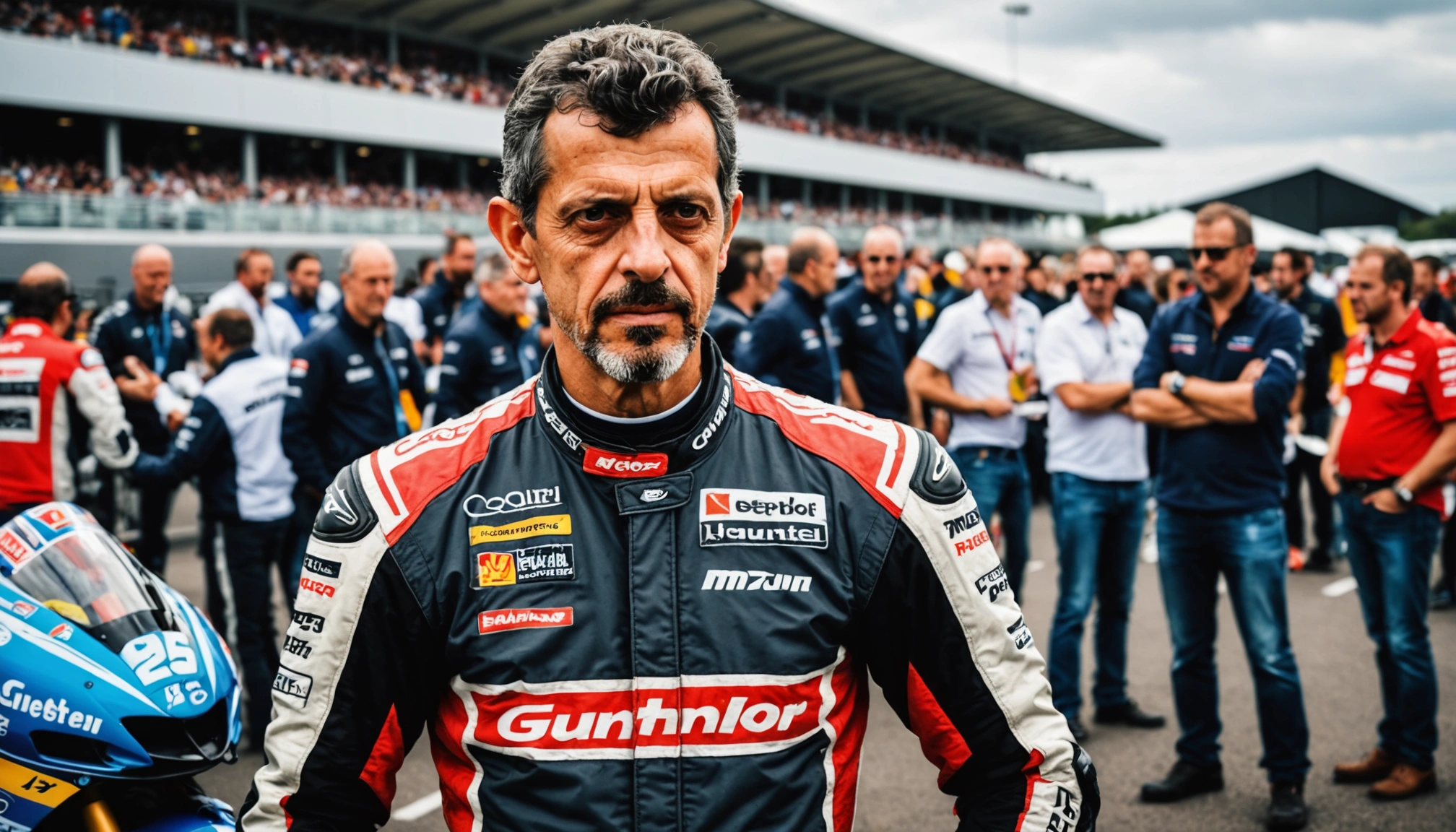Why NASCAR Chose A Hybrid Approach To Its $7.7 Billion TV Deal
Discover why NASCAR opted for a hybrid TV rights deal worth $7.7 billion, blending traditional broadcasts with streaming innovation for maximum reach.

By Editorial
Introduction To NASCAR's Groundbreaking TV Rights Deal
NASCAR recently announced a landmark $7.7 billion TV rights agreement that embraces a hybrid model, combining traditional linear broadcasts with modern streaming platforms. This strategic move reflects the evolving landscape of sports broadcasting and aims to maximise audience reach while adapting to changing viewer habits across the United States and beyond.
Understanding why NASCAR took this route offers valuable insights into sports media trends and the future of broadcasting rights deals.
What Is A Hybrid TV Rights Deal?
A hybrid TV rights deal blends several distribution methods, typically mixing established cable or network TV coverage with digital streaming services. Instead of relying solely on one platform, rights holders and leagues share content across multiple channels, balancing broad accessibility with emerging technology.
For NASCAR, this means that fans can watch races live on traditional TV networks as well as through streaming services, catering to both conventional viewers and the growing number of cord-cutters and mobile users.
Why NASCAR Opted For The Hybrid Model
Adapting To Changing Viewer Habits
Recent studies show that younger audiences are increasingly turning to online streaming for sports consumption, while older fans still prefer traditional broadcasts. NASCAR’s hybrid deal acknowledges this split, ensuring it does not alienate any segment of its fan base.
By securing a presence on both platforms, NASCAR safeguards its long-term viewership and revenue streams.
Maximising Revenue Potential
Hybrid deals often allow leagues to negotiate higher total values by tapping into multiple revenue streams. The $7.7 billion figure reflects confidence from both traditional broadcasters and streaming platforms in NASCAR’s appeal and commercial potential.
This approach also enables NASCAR to capitalise on advertising, subscription fees, and sponsorships across diverse media channels.
Enhancing Fan Engagement
Streaming platforms offer interactive features such as real-time stats, multiple camera angles, and personalised viewing experiences. NASCAR fans can now engage with races on a deeper level, which is harder to achieve via conventional TV alone.
This enhances fan loyalty and opens new marketing opportunities for the sport.
Case Studies Of Successful Hybrid Deals In Sports
NASCAR’s strategy mirrors successful hybrid approaches seen in other sports. For example, the English Premier League has combined traditional broadcast deals with digital streaming rights, expanding its global audience significantly.
Similarly, the NFL has embraced streaming through Amazon Prime Video alongside its longstanding network partnerships, offering exclusive games and content.
These examples demonstrate how hybrid deals can help sports maintain relevance and profitability in a rapidly changing media environment.
Impact On UK Viewers And Broadcasters
While NASCAR is primarily an American sport, the hybrid deal also influences international fans, including those in the UK. British broadcasters and streaming services may seek partnerships to bring more NASCAR content to UK audiences, offering greater accessibility and tailored coverage.
This could parallel developments in other sports covered on platforms featured on SportsScoop.co.uk, where hybrid broadcasting expands the reach of major events like the Ryder Cup.
Challenges And Considerations Of The Hybrid Model
Balancing Broadcast Rights And Exclusivity
Hybrid deals require careful negotiation to avoid conflicts between platforms. Exclusive rights windows and blackout rules must be clearly defined to protect broadcasters’ investments while allowing streaming services room to innovate.
Technology And Infrastructure Demands
Streaming live sports at scale demands robust infrastructure to prevent buffering or outages. NASCAR and its partners must invest in reliable delivery systems to ensure a seamless fan experience worldwide.
Pricing And Accessibility
Subscription costs for streaming may limit accessibility for some fans, especially if traditional broadcasts become less available over time. NASCAR needs to balance monetisation with inclusivity to maintain and grow its fan base.
Looking Ahead: The Future Of NASCAR Broadcasting
NASCAR’s $7.7 billion hybrid deal signals the sport’s commitment to innovation and audience expansion. As technology evolves, we can expect even more personalised, interactive viewing experiences for fans.
For those interested in how evolving sports media rights impact various disciplines, recent stories such as Cardiff Dragons unveil 2026 netball squad amid funding uncertainties provide further context on sports adapting to financial and media challenges.
Conclusion: Why The Hybrid Approach Makes Sense For NASCAR
By blending traditional TV broadcasts with streaming platforms, NASCAR has crafted a forward-thinking TV rights deal that meets fans where they are. This hybrid approach maximises revenue, enhances engagement, and better suits the diverse consumption habits of modern sports audiences.
As sports broadcasting continues to evolve globally, NASCAR’s model may become a blueprint for other leagues aiming to balance legacy media with digital innovation.
Related topics
Editorial
Sports expert at SportsScoop
Specialist in sports analysis and journalism
Related articles
Want to read more?
Explore our comprehensive collection of sports articles and analysis, or contact us for more information.



